
Transfer destinations
Khor Virap’s notability as a monastery and pilgrimage site is attributed to the fact that Gregory the Illuminator was initially imprisoned here for about 14 years by King Tiridates III of Armenia. Saint Gregory subsequently became the king’s religious mentor, and they led the proselytizing activity in the country. In the year 301, Armenia was the first country in the world to be declared a Christian nation. A chapel was initially built in 642 at the site of Khor Virap by Nerses III the Builder as a mark of veneration to Saint Gregory. Over the centuries, it was repeatedly rebuilt. In 1662, the larger chapel known as the “St. Astvatsatsin” (Holy Mother of God) was built around the ruins of the old chapel, the monastery, the refectory and the cells of the monks. Now, regular church services are held in this church. It is one of the most visited pilgrimage
Learn More …Areni is a village and the center of the Areni Municipality of the Vayots Dzor Province in Armenia. Areni is best known for its wine production, with the majority of wine produced locally from the nearby village of Getap. The Astvatsatsin Church of Areni in the village, is a single-nave two-aisled domed Armenian church completed in the year 1321, and is located atop a plateau overlooking the Arpa River and Areni. The church was designed by the architect and sculptor Momik who is best known for his high-relief carvings at the monastery of Noravank (located approximately 6 kilometers southeast from Areni). Nearby are also the 13th century ruins of lord Tarsaitch Orbelian of Syunik’s palace, moved from Yeghegis to Areni during that time. Ruins of a 13th-century bridge built by Bishop Sarkis in 1265-1287 are one kilometer northeast of the church. At the same location are the remains of an
Learn More …Noravank is a 13th-century Armenian monastery, located 122 km from Yerevan in a narrow gorge made by the Amaghu River, near the town of Yeghegnadzor in Armenia. The gorge is known for its tall, sheer, brick-red cliffs, directly across from the monastery. The monastery is best known for its two-storey Surb Astvatsatsin (Holy Mother of God) Church, which grants access to the second floor by way of a narrow stone-made staircase jutting out from the face of building, one of the earliest examples of cantilever architecture. The monastery is sometimes called Noravank at Amaghu, with Amaghu being the name of a small and nowadays abandoned village above the canyon, in order to distinguish it from Bgheno-Noravank, near Goris. In the 13th–14th centuries the monastery became a residence of Syunik’s bishops and, consequently, a major religious and, later, cultural center of Armenia closely connected with many of the local seats of
Learn More …Jermuk is a mountain spa town and the center of the Jermuk Municipality of the Vayots Dzor Province in southern Armenia, at a road distance of 53 km (33 mi) east of the provincial capital Yeghegnadzor. It was considered one of the popular destinations for medical tourism in the Soviet Union. Jermuk is known for its hot springs and mineral water brands bottled in the town. It is attractive for its fresh air, waterfall, artificial lakes, walking trails, the surrounding forests and mineral water pools. The town is being redeveloped to become a modern center of tourism and health services. It is also being set up to become a major chess centre, with numerous chess international tournaments scheduled in the town. As per the 2016 official estimate, Jermuk had a population of around 3,400. However, as of the 2011 census, the population of Jermuk was 5,572. The nearby villages of
Learn More …The waterfall is situated in the town of Jermuk, on the Jermuk river which is the right tributary of the Arpa river. The waterfall of Jermuk forms from tributaries, and plummets over 3 dome-shaped and 68-meter-high cliffs down into the Arpa River. There is an interesting legend regarding this waterfall.
Learn More …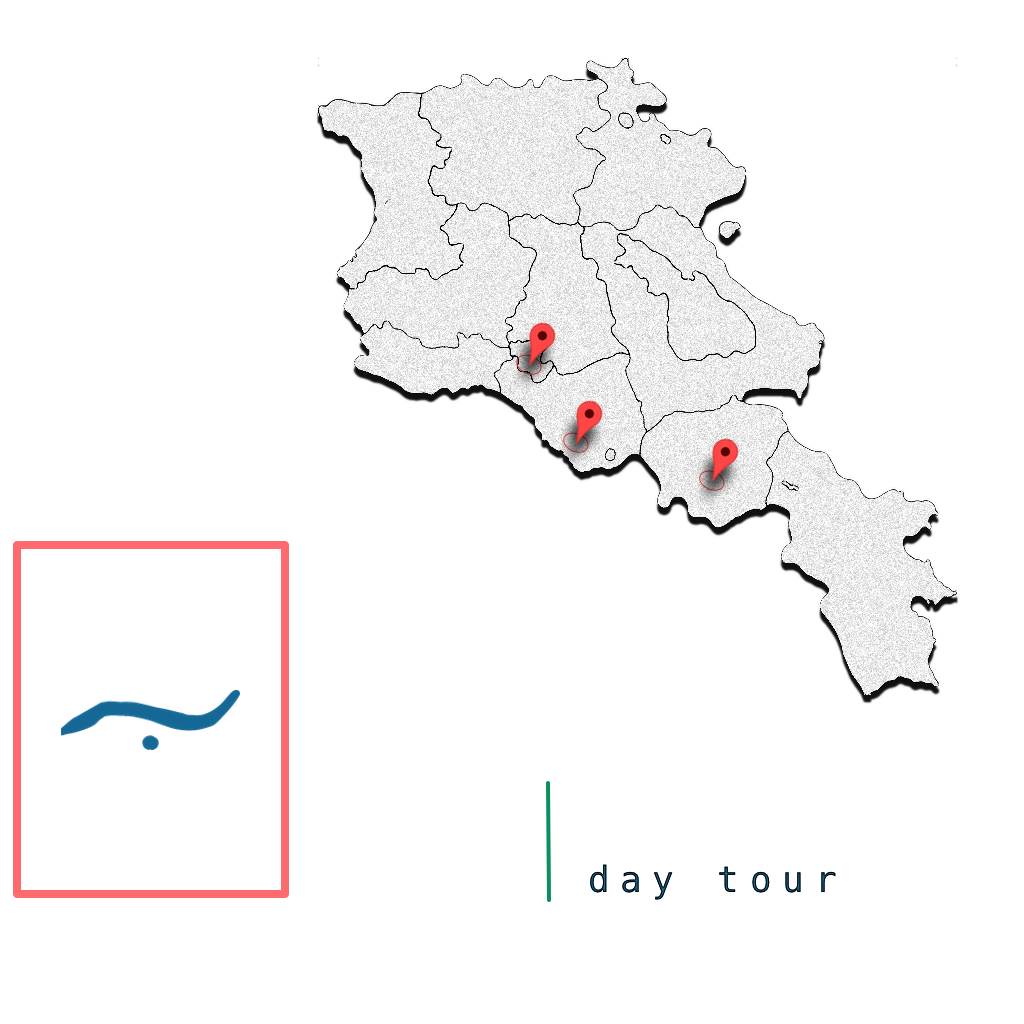
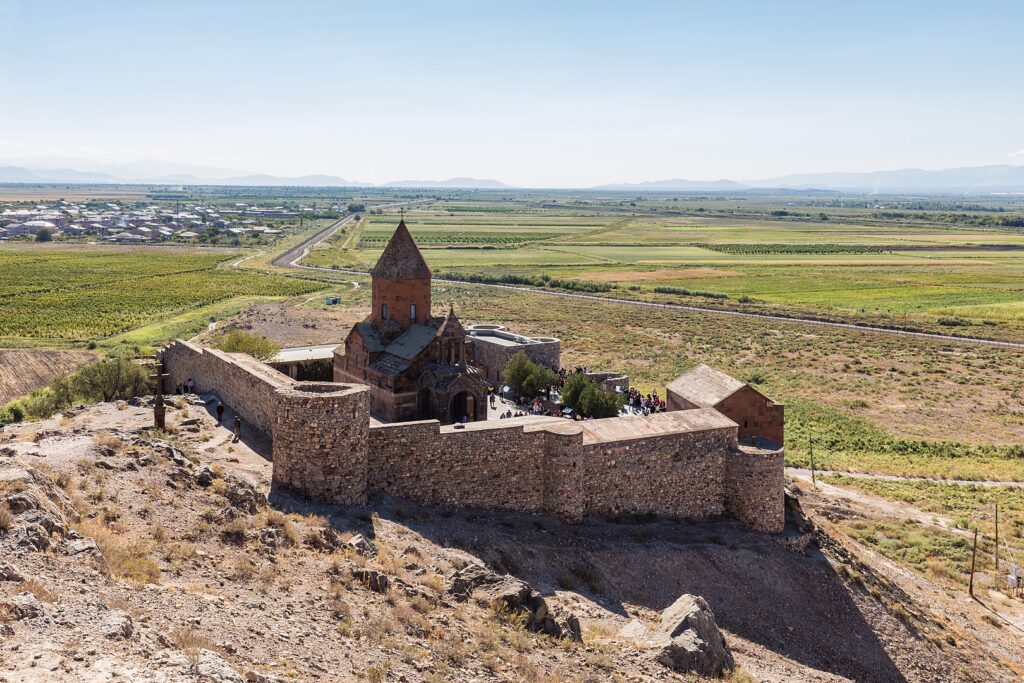
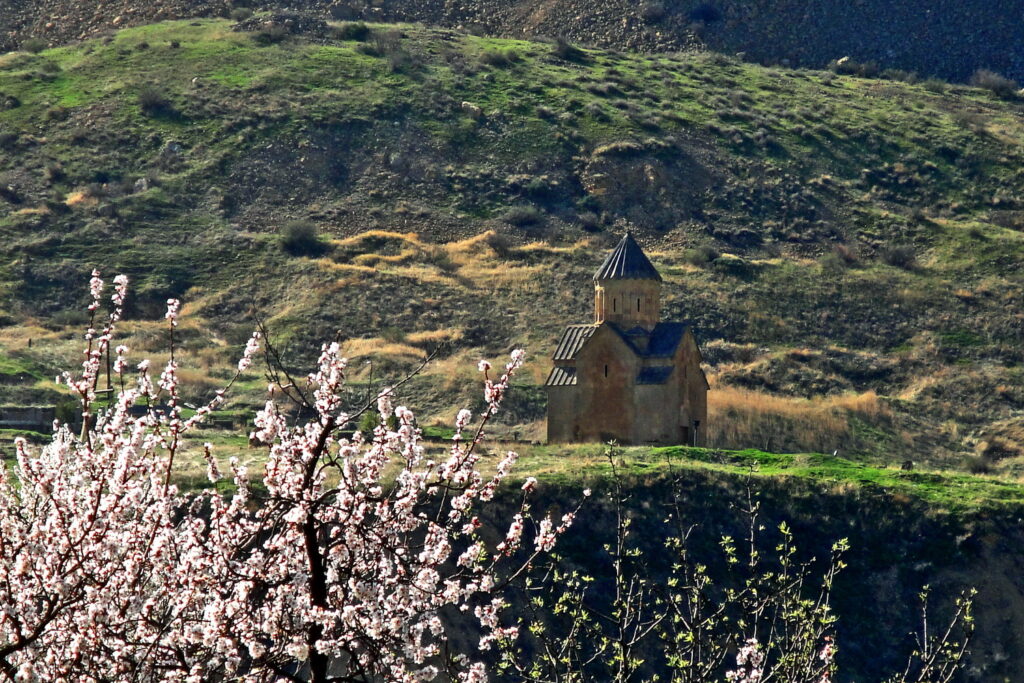
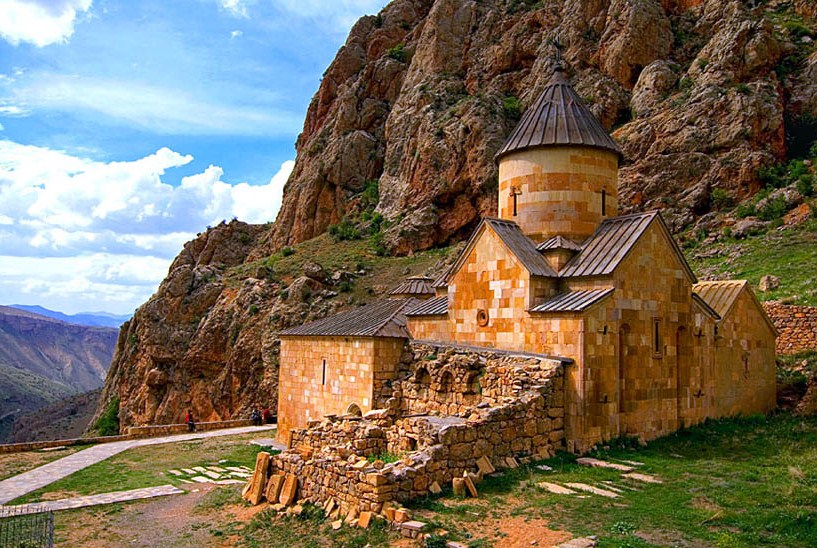
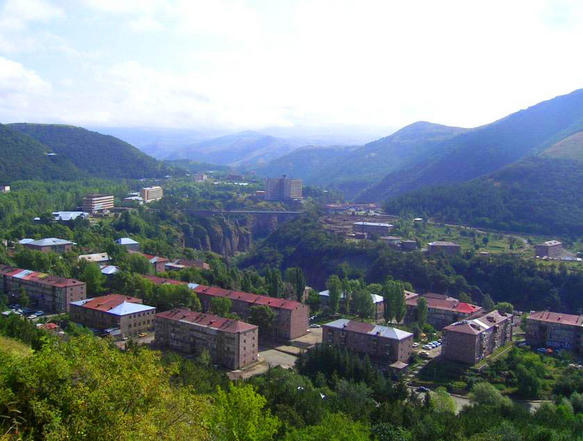
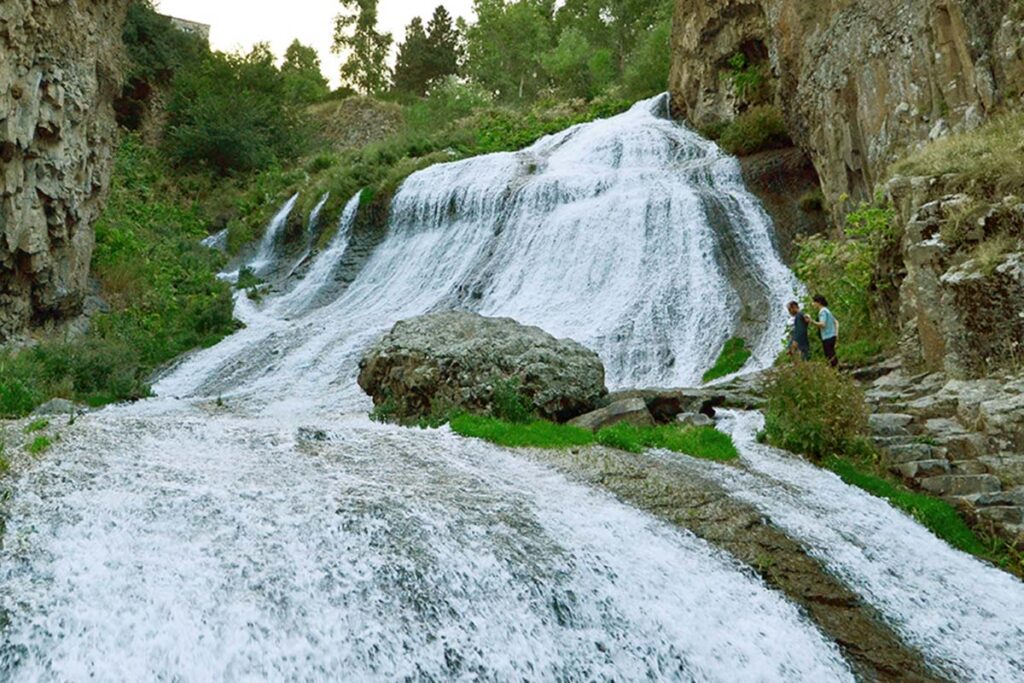
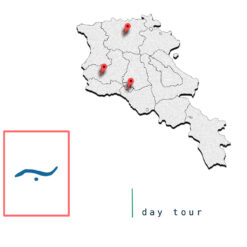

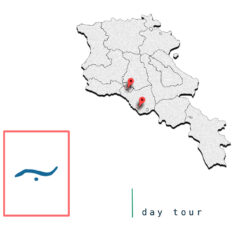
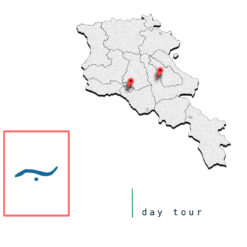
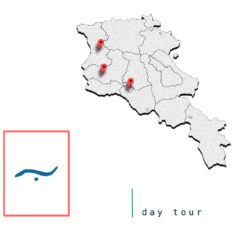
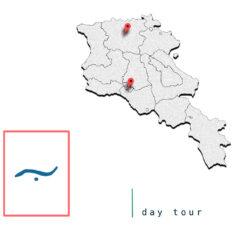
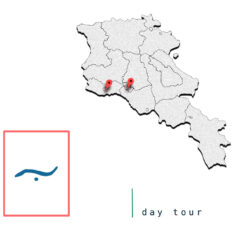
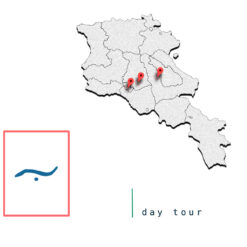






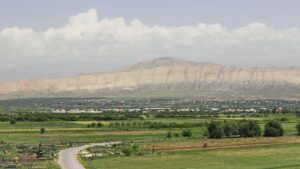
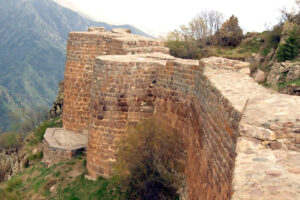
What others are saying
There are no contributions yet.